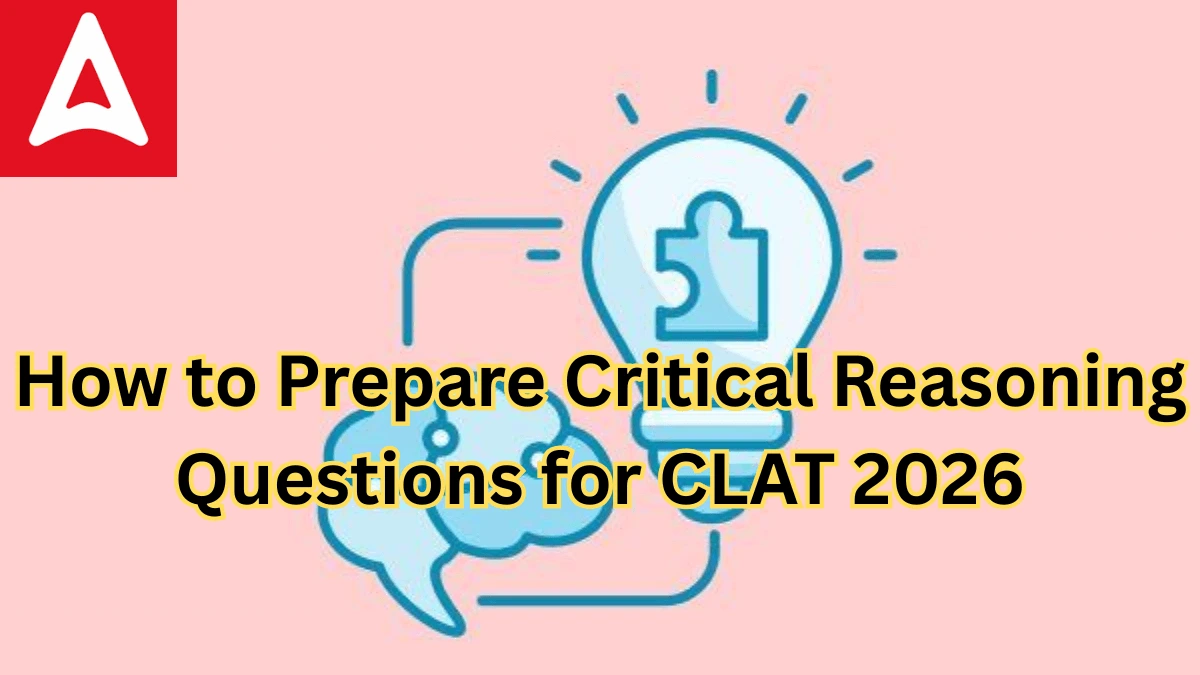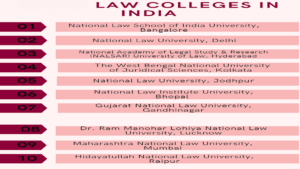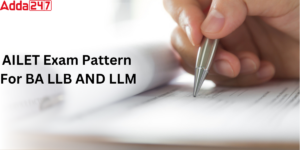Critical Reasoning questions are an important part of the Common Law Admission Test (CLAT) and are part of the Logical Reasoning section.
There will be roughly 22–26 Critical Reasoning questions in the Logical Reasoning section of the CLAT exam.
Here are some types of questions you can expect for CLAT 2026:
How to Prepare Critical Reasoning Questions for CLAT
Critical Reasoning Questions for CLAT 2026
The CLAT 2026’s Logical Reasoning section will consist of many brief sections (around 300-450 words). The following questions will be among those that will be asked in this section.
- Acknowledgment of arguments, their premises, and conclusions
- Identification of arguments discussed in the passage
- Reasoning Ability
- Conclusions based on particular premises or evidence
- Infer what follows from the passage and apply these inferences to new situations
- Relationships and analogies
- Identification of contradictions and equivalence
- Effectiveness of arguments.
There are typically two sub-sections in the logical reasoning component of the CLAT exam: Critical Reasoning and Logical Thinking. The logical reasoning part consists of 28–32 questions in total. Nearly 15 Critical Reasoning Questions are posed to these.
How to Prepare Critical Reasoning for CLAT 2026 in the Last Month
If you are having trouble answering questions requiring critical reasoning on the CLAT 2026 Exam, be sure to carefully consider the points listed below.
- Reading the passage’s question while doing so requires active reading.
- Make an effort to comprehend the challenging passage elements, and consider your own queries.
- Recognizing the premises and conclusions of a particular paragraph is also crucial.
- Try to ascertain the passage’s tone or theme.
- Focus on the question and the element it is based on because there may be a lot of information in the question that could confuse you.
- While reading the question, highlight key phrases. You’ll get the proper response with the aid of this.
Critical Reasoning Question Types for CLAT 2026
The CLAT exam contains a variety of questions requiring critical reasoning. Some of the subtypes include:
Statement & Argument
An assertion will be made, and various defenses for the assertion will be offered. Candidates must select the strongest justification for the claim.
Statement & Assumption
The question will be posed as a statement, much like the preceding type, and there will be possibilities for assumptions. Candidates must select the appropriate supposition for the statement.
Statement & Conclusion
The statement will be a factual circumstance. There will be a range of inferences that can be made from the statement in the answer choices. Candidates are required to select the best conclusion.
Statement & Course of Action
It is required to pose a problem statement as a question. Answer choices will be given in the form of a list of actions. Candidates must select the course of action that would be most appropriate and practical for resolving the issue raised by the question. In addition to these supplementary categories of CLAT critical reasoning questions:
- Strengthening and Weakening Argument Format
- Find the argument’s weakness
- Types of Paradoxical Questions
- Questions of the Evaluation Sort
Critical Reasoning Questions for CLAT 2026
Directions for Questions 1 to 7: Read the passage and answer the questions that follow.
The term “Ice Age” may give a wrong impression. The epoch that geologists know as the Pleistocene and that spanned the 1.5 to 2.0 million years before the current geologic epoch was not one long continuous glaciation, but a period of oscillating climate with ice advances punctuated by times of interglacial climate not very different from the climate experienced now. Ice sheets that derived from an ice cap a cover of perennial ice and snow; specifically: a glacier forming on an extensive area of relatively level land and flowing outward from its center, centered on northern Scandinavia, reached southward to Central Europe. And beyond the margins of the ice sheets, climatic oscillations affected most of the rest of the world; for example, in the deserts, periods of wetter conditions (pluvials) contrasted with drier, interpluvial periods. Although the time involved is so short, about 0.04 percent of the total age of the Earth, the amount of attention devoted to the Pleistocene has been incredibly large, probably because of its immediacy, and because the epoch largely coincides with the appearance on Earth of humans and their immediate ancestors. There is no reliable way of dating much of the Ice Age. Geological dates are usually obtained by using the rates of decay of various radioactive elements found in minerals. Some of these rates are suitable for very old rocks but involve increasing errors when used for young rocks; others are suitable for very young rocks and errors increase rapidly in older rocks. Most of the Ice Age spans a period of time for which no element has an appropriate decay rate. Nevertheless, researchers of the Pleistocene epoch have developed all sorts of more or less fanciful model schemes of how they would have arranged the Ice Age had they been in charge of events. For example, an early classification of Alpine glaciation suggested the existence there of four glaciations, named the Gunz, Mindel, Riss, and Wurm. This succession was based primarily on a series of deposits and events not directly related to glacial and interglacial periods, rather than on the more usual modern method of studying biological remains found in interglacial beds themselves interstratified within glacial deposits. Yet this succession was forced willy-nilly onto the glaciated parts of Northern Europe, where there are partial successions of true glacial ground moraines and interglacial deposits, with hopes of ultimately piecing them together to provide a complete Pleistocene succession. Eradication of the Alpine nomenclature is still proving a Herculean task . There is no conclusive evidence about the relative length, complexity, and temperatures of the various glacial and interglacial periods. We do not know whether we live in a postglacial period or an interglacial period. The chill truth seems to be that we are already past the optimum climate of postglacial time. Studies of certain fossil distributions and of the pollen of certain temperate plants suggest decreases of a degree or two in both summer and winter temperatures and, therefore, that we may be in the declining climatic phase leading to glaciation and extinction.
Q1. In the passage, the author is primarily concerned with
(a) searching for an accurate method of dating the Pleistocene epoch
(b) discussing problems involved in providing an accurate picture of the Pleistocene epoch
(c) declaring opposition to the use of the term for the Pleistocene epoch
(d) criticizing fanciful schemes about what happened in the Pleistocene epoch
(e) refuting the idea that there is no way to tell if we are now living in an Ice Age
Q2. The “wrong impression” to which the author refers is the idea that the
(a) climate of the Pleistocene epoch was not very different from the climate we are now experiencing
(b) climate of the Pleistocene epoch was composed of periods of violent storms
(c) Pleistocene epoch consisted of very wet, cold periods mixed with very dry, hot periods
(d) Pleistocene epoch comprised one period of continuous glaciation during which Northern Europe was covered with ice sheets
(e) Pleistocene epoch had no long periods during which much of the Earth was covered by ice
Q3. According to the passage, one of the reasons for the deficiencies of the early classification of Alpine glaciation is that it was
(a) derived from evidence that was only tangentially related to times of actual glaciation
(b) based primarily on fossil remains rather than on actual living organisms
(c) an abstract, imaginative scheme of how the period might have been structure
(d) based on unmethodical examinations of randomly chosen glacial biological remains
(e) derived from evidence that had been haphazardly gathered from glacial deposits and inaccurately evaluated
Q4. Which of the following does the passage imply/about the “early classification of Alpine glaciation”?
(a) It should not have been applied as widely as it was.
(b) It represents the best possible scientific practice, given the tools available at the time.
(c) It was a valuable tool, in its time, for measuring the length of the four periods of glaciation.
(d) It could be useful, but only as a general guide to the events of the Pleistocene epoch.
(e) It does not shed any light on the methods used at the time for investigating periods of glaciation.
Q5. It can be inferred from the passage that an important result of producing an accurate chronology of
events of the Pleistocene epoch would be a
(a) clearer idea of the origin of the Earth
(b) clearer picture of the Earth during the time that humans developed
(c) clearer understanding of the reasons for the existence of deserts
(d) more detailed understanding of how radioactive dating of minerals works
(e) firmer understanding of how the northern polar ice cap developed
Q6. The author refers to deserts primarily in order to
(a) illustrate the idea that an interglacial climate is marked by oscillations of wet and dry periods
(b) illustrate the idea that what happened in the deserts during the Ice Age had far-reaching effects even
on the ice sheets of Central and Northern Europe
(c) illustrate the idea that the effects of the Ice Age’s climatic variations extended beyond the areas of ice
(d) support the view that during the Ice Age sheets of ice covered some of the deserts of the world
(e) support the view that we are probably living in a postglacial period
Q7. The author would regard the idea that we are living in an interglacial period as
(a) unimportant
(b) unscientific
(c) self-evident
(d) plausible
(e) absurd









 SLAT 2026 Exam Date Out, Check Eligibil...
SLAT 2026 Exam Date Out, Check Eligibil...
 AILET Colleges 2026 List Out, Know Which...
AILET Colleges 2026 List Out, Know Which...
 AILET Exam Pattern 2026, Check Marking S...
AILET Exam Pattern 2026, Check Marking S...







